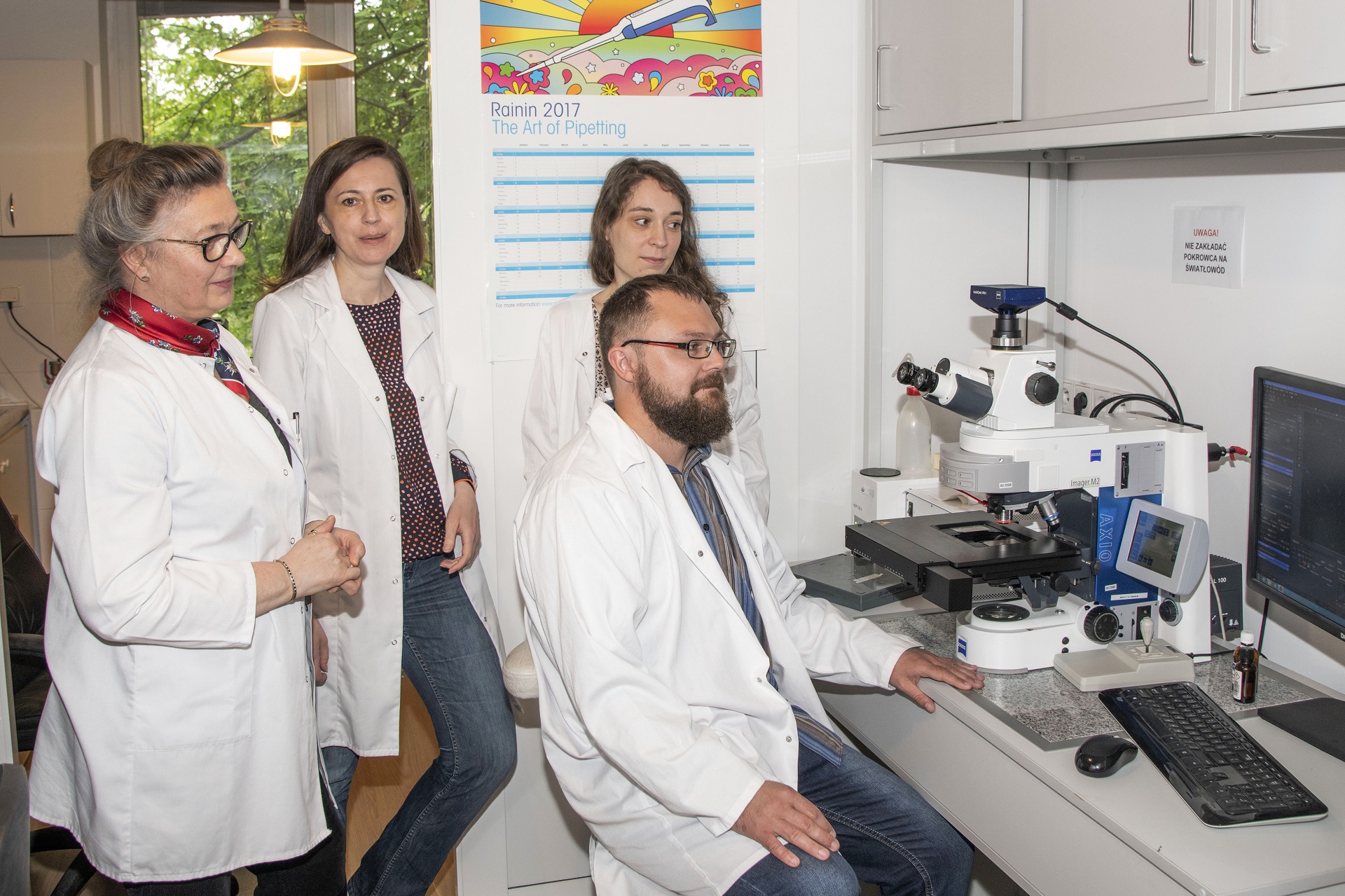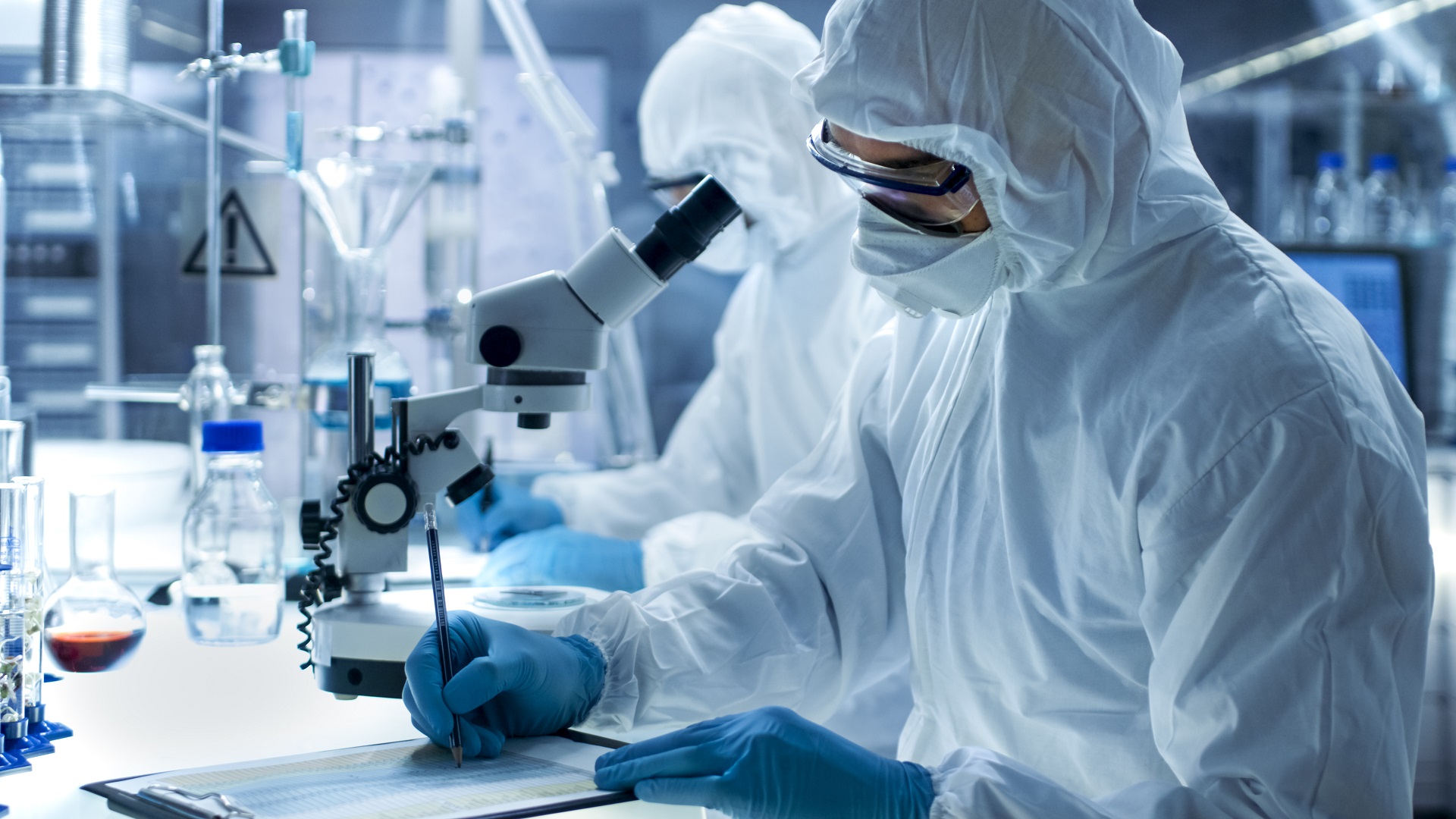NEURONICHE
How to regain mobility after spinal cord injury with the use of endogenous stem cell niches?

 Project title
Project title
Spinal cord repair using endogenous stem cell niches - NEURONICHE
 Name of Beneficiary/Beneficiaries
Name of Beneficiary/Beneficiaries
International partners:
- University of Edinburgh – United Kingdom (coordinator)
- French National Institute of Health and Medical Research – France
- University Hospital Dresden – Germany
- DFG Centre for Regenerative Therapies Dresden – Germany
- Free University of Brussels (VUB) – Belgium
Polish partners:
- Nencki Institute of Experimental Biology - Polish Academy of Sciences
 Name of programme
Name of programme
International Programmes
 Competition
Competition
ERA-NET NEURON Competition
 Project value
Project value
PLN 1,091,150.00
 Funding value
Funding value
PLN 1,091,150.00
 Project delivery period
Project delivery period
01 June 2017 - 31 December 2020
Meet our team

View the results of our work

What problem is addressed by the project?
Spinal cord severance in people is irreversible and results in disability. Will it ever be possible to regain mobility after such an injury? Research on endogenous stem cells has helped us get closer to answering this question.
Professor Urszula Sławińska and her team from the Nencki Institute of Experimental Biology have been conducting research on rehabilitation strategies for patients who have suffered spinal cord injuries for over twenty years. One of the concepts they have come up with is based on intraspinal transplantation of cells to supply neurotransmitters involved in limb movement control. These include monoamines, such as serotonin and noradrenalin.
Put most simply, the idea is to provide the spinal cord below the level of the injury (severance) with a kind of biological pump to supply this area with chemical substances (neurotransmitters) that promote the ability to control limb movement.
We have performed in vivo studies with rats, and a large body of publications on the subject has been produced. We are now able to prove that despite the animal brain being cut off from the cord below the injury level, the spinal cord can be reactivated to restore normal limb movement.
Scholars made consistent use of the rat model to investigate which cells were suitable and when to transplant them, and what was the extent to which they innervated the cellular structures of the “host”, and what were the mechanisms responsible for limb movement rehabilitation.
In theory, cord structures which control locomotor functions in “normal life” are governed by brain structures. When the cord is severed, not all structures below the injury level atrophy, some of them are still there. So, we need to find a way to activate them and support this activity to “teach them” to work properly. We have demonstrated that this can be achieved by supplying serotonin to cord. Supported by serotonin from the transplant, the cord network is starting to work better thanks to the recreated functional connections.
From the beginning our idée fixe, a somewhat science-fictionesque concept, was that perhaps one day it would be possible to use stem cells. We did not assume, however, that it would be enough to transplant them and wait until they differentiated into suitable cells. We aimed for stem cells we could differentiate (prepare) and transplant once they had the right phenotype.
The opportunity opened up when we got a grant and invitation to undertake research on a phenomenon identified in the organism of the zebra fish. In this fish species, often bred in aquarium, serotonin cells appear by themselves, with spinal cord and fibres regenerating spontaneously, and neurons starting to emerge (neurogenesis). Of course, what “works” in fish - the neurogenesis - does not work in mammals. The primary goal of our project, implemented by a consortium of five European universities, is to identify the mechanisms which lead to neurogenesis, and second, to determine if the knowledge and experience gained from studying fish can help us develop methods suitable for mammals. It is a very important question we have yet to answer as we continue our work.
Who uses the project results?
Our findings could be used in the future to develop a method to help restore motor functions in people suffering from spinal cord injuries.
But we have a long way to go yet. Transplant rejection in people is a very common issue. Hence scholars have been curious to find out how to take cells from the patient and differentiate and transplant them. The answer lies in the future, but it is difficult to pinpoint when the breakthrough will take place. Also, complex ethical issues come into play. After all, how can we experiment on people if we know the outcomes of research may be disastrous.
As long as we are not a hundred percent sure, we may not encourage physicians to perform these kinds of therapies. Developing an effective and safe method will require much more time and a great deal of work which is still ahead of us.